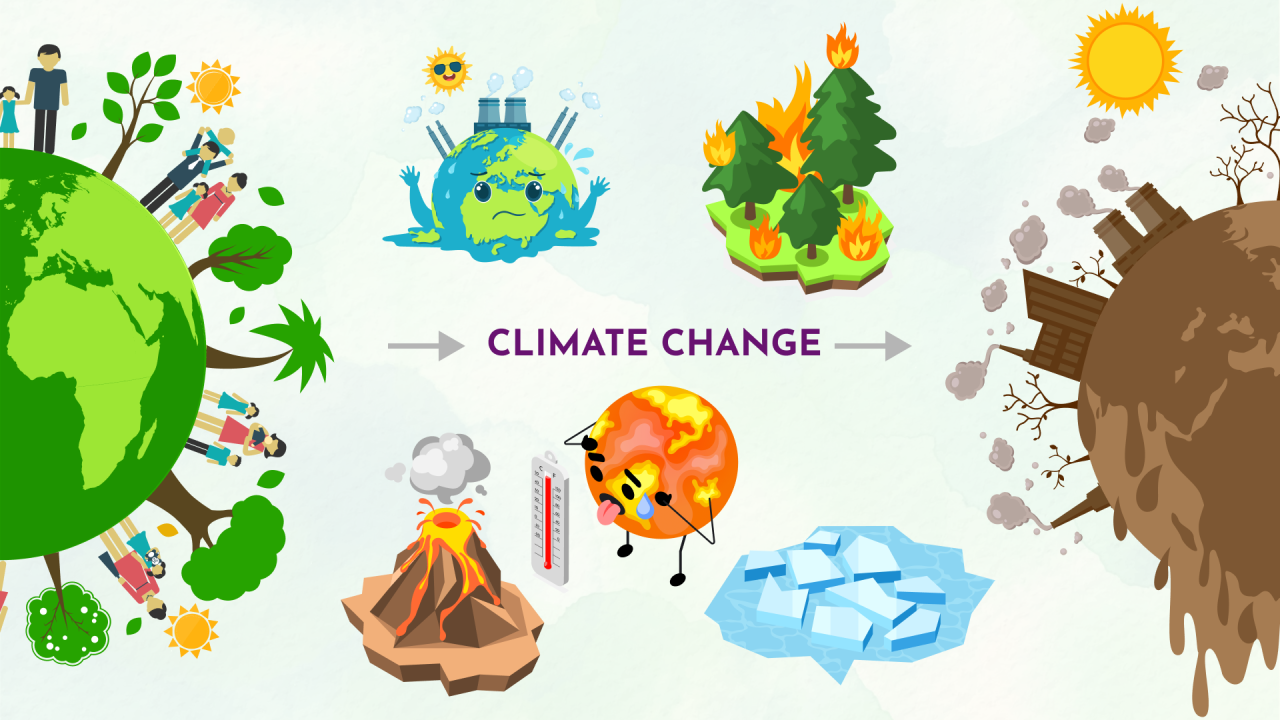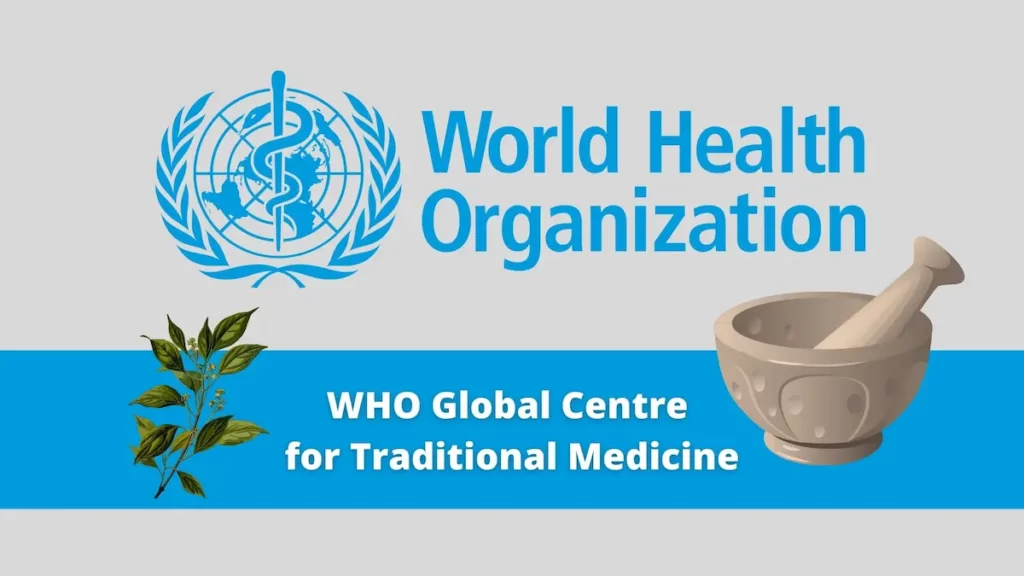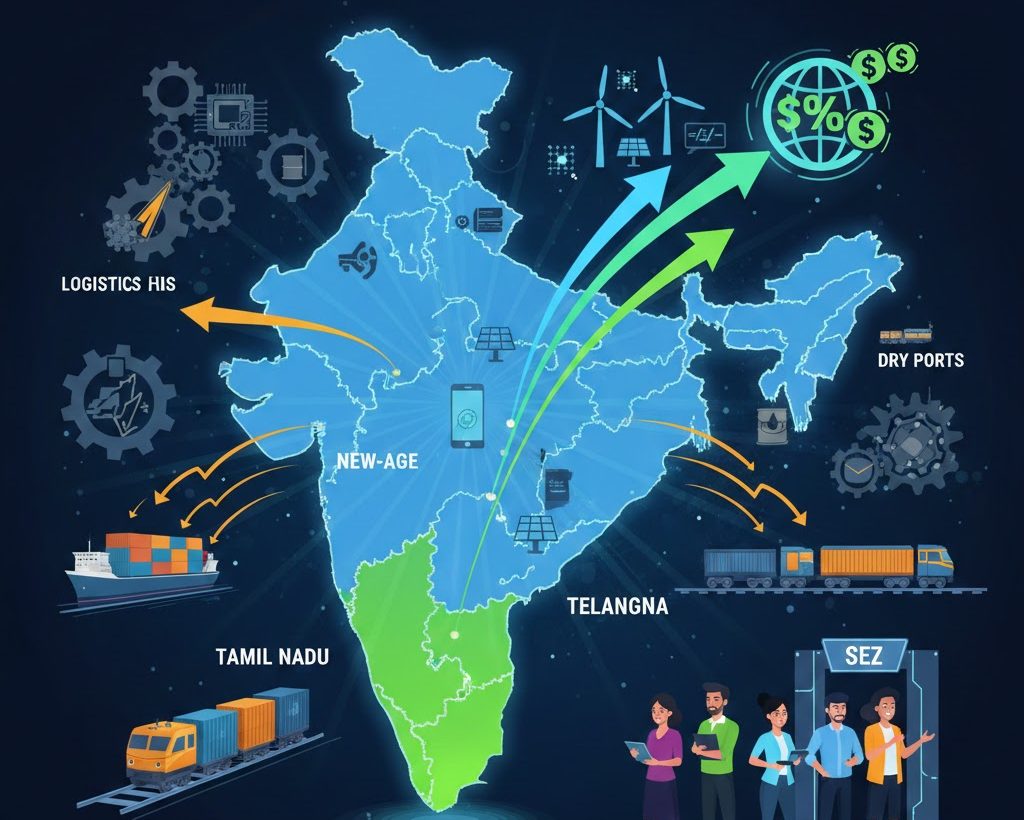Font size:
Print
QUAD
Context:
In their recent meeting, the Quadrilateral foreign ministers(FM) decided to expand the Indo-Pacific Partnership for Maritime Domain Awareness (IPMDA) to the Indian Ocean Region and called for an immediate halt to violence in Ukraine, Gaza, and Myanmar.

About the Joint Statement:
- The Tokyo meeting of FM was the 8th in the series of their meetings since 2019.
- Their central purpose was to reaffirm the three Cs: “our commitment, our common principles and capacities to preserve and strengthen the international order for the global good.
- Joint statement defines the free and open Indo-Pacific as a region in which “no country dominates and no country is dominated”, where competition among the states is a “managed responsibility”, and “each country is free from coercion in all its forms”.
- As an indirect attack on China the FM’s strongly opposes any unilateral actions that aim to alter the status quo in the East and South China Seas through force or coercion.
Need for QUAD:
- Strengthening Regional Security: The Quad aims to boost security and stability in the Indo-Pacific by promoting a rules-based order, ensuring freedom of navigation, and upholding international law.
- Countering China’s rise: The Quad aims to counter China’s growing assertiveness and prevent it from taking any unilateral action to change the regional status quo.
- China creates difficulties for the Philippines, making diplomacy ineffective.
- Despite the Quad’s support for UNCLOS, Beijing is slow to finalise a Code of Conduct with ASEAN.
- Economic Cooperation: The Quad members allocated $50 billion for Indo-Pacific infrastructure in May 2022.
- Initiatives: They have launched initiatives like the Asia-Africa Growth Corridor, Blue Dot Network, and Supply Chain Resilience Initiative to foster regional development.
- Strengthening cooperation on important and new technologies, like artificial intelligence, and making sure that AI systems can work together effectively.
Challenges faced by Quad:
- Asian NATO: Russia and China criticise the Quad as an “Asian NATO” and “Indo-Pacific NATO,” respectively, accusing it of promoting Cold War mentalities and geopolitical rivalry.
- Division on Global Issues: India differs from the US, Japan, and Australia on key global issues, specifically Ukraine, Gaza, and Myanmar.
Difference in vision of Indo-Pacific:
- While the USA envisages INDIA as the centre of Indo-Pacific , India’s vision of Indo pacific inculcates ASEAN as the centre .
- India’s Vulnerability to China: India, unlike other Quad members, is not located in the western Pacific and is the only country with a non-demarcated land border with China.
- This makes India particularly sensitive to developments affecting India-China relations, such as the recent Ladakh standoff.
- Formation of AUKUS: AUKUS which is a security alliance between Australia, the UK, and the US has shifted the Quad’s focus away from security
- The US describes the Quad as a platform for non-military cooperation, such as energy and infrastructure.
- The Quad is now less focused on extremism and terrorism, evident from the recent summit lacking initiatives on these issues, which affects India’s fight against terrorism.
- AUKUS could become a major military arrangement in the Indo-Pacific, potentially relegating the Quad to a less influential role.
Achievements of Quad in Recent Times:
- The area of coverage is now truly region-wide, with three clear components
- that centre around the ASEAN,
- the Pacific Islands Forum, (PIF) and the
- Indian Ocean Rim Association (IORA).
- In almost all of its working groups and initiatives
- such as climate, health security, maritime security, critical and emerging technologies, space, cyber, and infrastructure connectivity, steady progress has been reported.
- The ambit of the Indo-Pacific Partnership for Maritime Domain Awareness is being expanded beyond the Pacific islands to the Indian Ocean region.
- The Malabar naval exercises, originally a trilateral initiative between India, the US, and Japan, expanded to include Australia, marking the Quad’s first official grouping since 2017 and the first joint military drills among the four countries in over a decade.
- On various regional and global issues, the Quad nations share a common perspective. Eg climate change , Terrorism etc, Vaccination etc.
- Quad Vaccine Partnership: Enhances vaccine cooperation through the Quad Vaccine Experts Group and the Covid-19 Global Action Plan to improve coordination and recovery efforts.

Way Forward:
- Issue-Based Alliance: According to India’s Foreign Minister S.Jaisankar, India has transitioned from non-alignment to an issue-based alliance, operating without formal agreements.
- Avoiding False Equivalence with NATO:As highlighted by S.Jaisankar, Quad has a positive agenda and is “for something “ and not “against something”. According to him Quad has five messages:
- It reflects the growth of a multipolar order;
- It is post-alliance and post-Cold War thinking;
- It is against spheres of influence;
- It expresses the democratising of global space and a collaborative, not unilateral approach.
- It is a statement that in this day and age, others cannot have a veto on our choices.
- Making QUAD more inclusive by Enhancing cooperation with ASEAN , Russia & Pacific Ocean countries :
- Chennai – Vladivostok maritime route: The Memorandum of Intent to open a full-fledged maritime route between Vladivostok and Chennai was signed in 2019 to connect India and Russia’s Far East.



